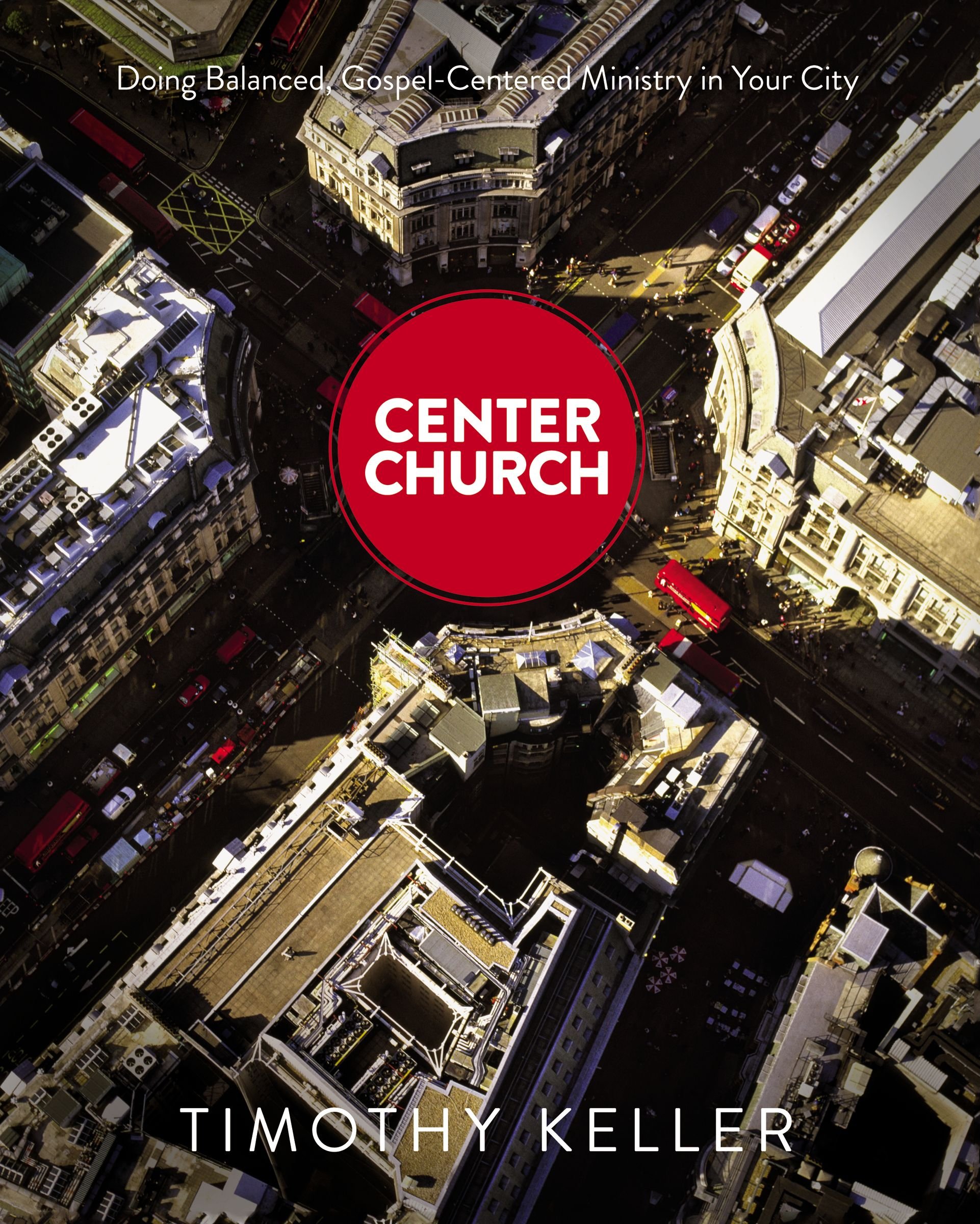A Brief Chapter Summary from Books At a Glance
Part 5: Cultural Engagement
Chapter 15: The Cultural Crisis of the Church
The church in America is experiencing deep internal divisions over a variety of theological and pragmatic issues. Driving many of these disagreements is a profound difference of opinion on the best way for the church to relate to the culture. Western culture experienced an enormous shift after World War II. Church attendance fell tremendously in both Europe and North America. Basic Christian doctrines were rejected, and a new mood of autonomy took hold. In the past, Christians could evangelize with the confidence that people at least knew something about the biblical concepts of God, sin, and Jesus. They needed to hear the gospel, but they had some background information that helped them understand. Today, many people are not only ignorant of the gospel, they are hostile to the very idea of it. Especially amongst the younger generation, Christian values and theology are increasingly being rejected. Church attendance continues to decline in both liberal and conservative churches.
As culture moved away from traditional Christianity, many churches adopted pietism. Instead of engaging with culture, they focused on individual spiritual salvation and growth, leaving the culture to drift. Lately, however, this stance has been changing. As time goes on, more Christians are seeing the need to shape culture and challenge secular ideologies. Nevertheless, the pietistic ethos of withdrawal is still highly influential. Some continue to espouse the view that society is like a sinking ship, and all we should do is try to save individuals while the ship goes down. This overlooks the fact that cultural influences are very important for the preparedness of people who hear the gospel and then for the discipling process.
In contrast to pietistic withdrawal, other believers looked to formulate and apply a Christian worldview to every area of life. Abraham Kuyper was a seminal influence in these circles. Every area of life and society was to be brought into subjection to the authority of Christ, and Christians were to work in every sphere. Inside of the wider church, the seeker-sensitive model recognized the shift in culture, as did the emerging church (although both models have their own set of problems). Being “missional” became a priority. On both the right and left of the political spectrum, Christians began trying to link biblical faith with political and cultural involvement. We need to find a biblical and balanced way to engage our culture. . . .
[To continue reading this summary, please see below....]The remainder of this article is premium content. Become a member to continue reading.
Already have an account? Sign In
